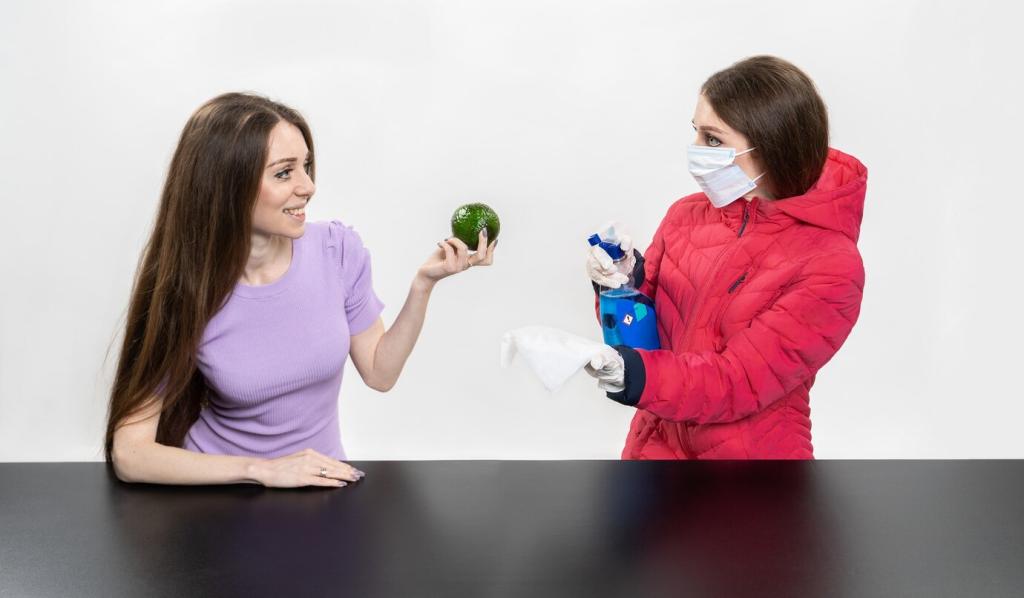Know Your Fibers, Care With Confidence
Silk and wool are protein-based fibers, which means they dislike strong alkalinity and rough agitation. Choose pH‑neutral or slightly acidic detergents, keep water cool, and avoid protease enzymes. A brief, diluted white vinegar rinse can re-balance pH and restore softness—always spot test first.
Know Your Fibers, Care With Confidence
Delicate cellulose fibers can weaken when wet, especially viscose. Cradle garments in your hands, avoid stretching, and use a basin rather than a machine. For white cotton lace, a tiny dose of oxygen-based brightener can help, but test carefully and skip for colored or fragile pieces.
Know Your Fibers, Care With Confidence
Dyes and trims behave unpredictably on delicate fabrics. Press a damp white cloth on an interior seam for thirty seconds to check for bleed. If color transfers, stick to very short soaks, cool water, and blotting only. Share your test results below to help fellow readers.
Know Your Fibers, Care With Confidence
Lorem ipsum dolor sit amet, consectetur adipiscing elit. Ut elit tellus, luctus nec ullamcorper mattis, pulvinar dapibus leo.






